Mental games, uniquely Asian events and emerging sports all find new fans at the Hangzhou Asiad
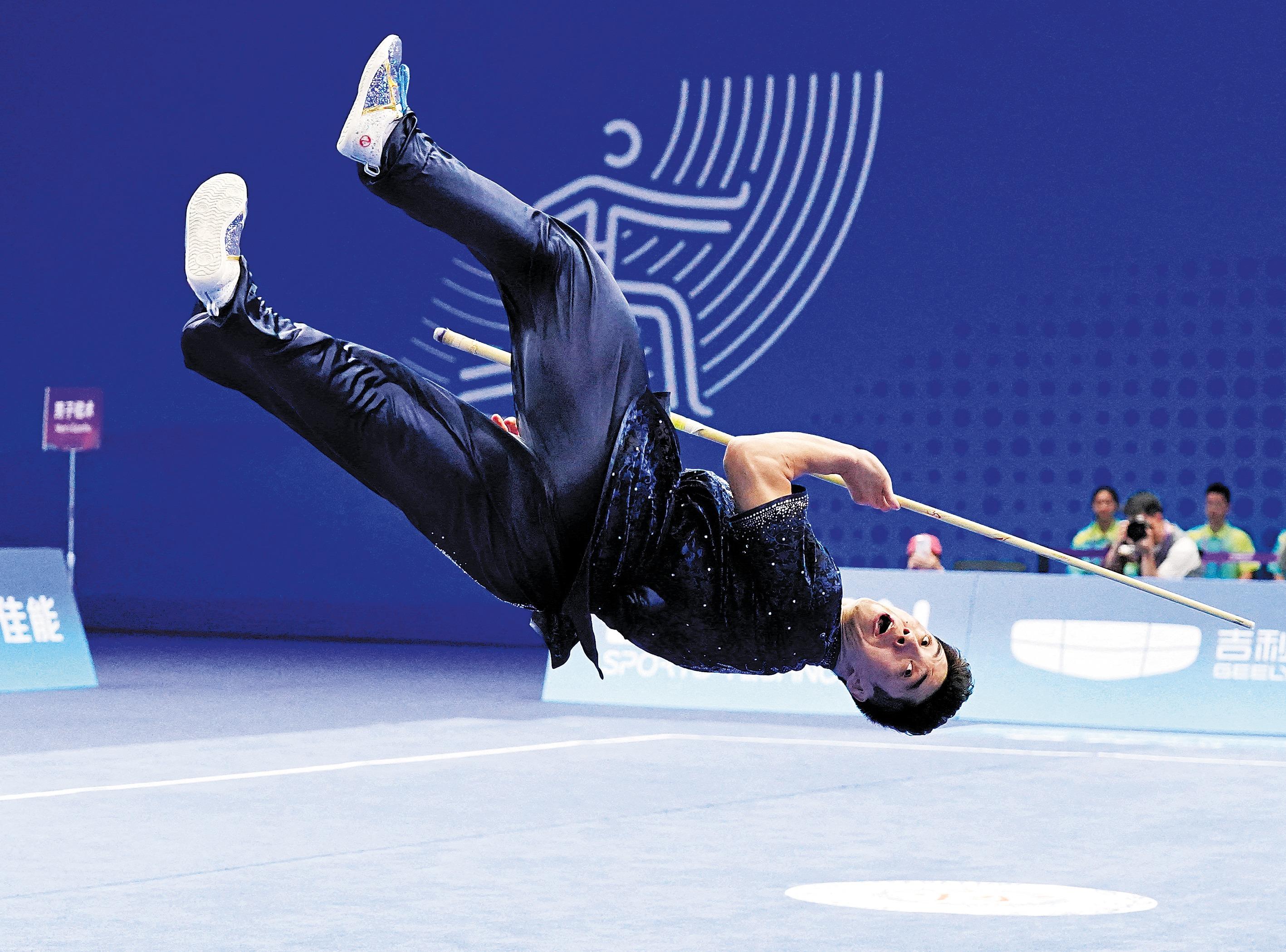 The Asian Games traditionally feature several non-Olympic sports, which this year include mind sports like Go, xiangqi (Chinese chess), and chess, as well as regionally specific disciplines that reflect the cultures of participating countries, such as kabaddi, wushu, kurash, squash, and sepak takraw. (PHOTO / REUTERS)
The Asian Games traditionally feature several non-Olympic sports, which this year include mind sports like Go, xiangqi (Chinese chess), and chess, as well as regionally specific disciplines that reflect the cultures of participating countries, such as kabaddi, wushu, kurash, squash, and sepak takraw. (PHOTO / REUTERS)
The Hangzhou Qi-Yuan (Zhili) Chess Hall on the bank of the Qiantang River is the “quietest” venue at the Hangzhou Asian Games. On Sept 25,
the men’s individual preliminaries of Go began. While on the checkered board, an exciting game was unfolding, walking into the arena, you could only hear the beeping of the chess clock and the sounds of the pieces being moved.
Between Sept 24 and Oct 7, 435 competitors from 25 countries and regions participated in the four events of Go, xiangqi (Chinese chess), chess, and bridge, with 13 gold medals up for grabs.
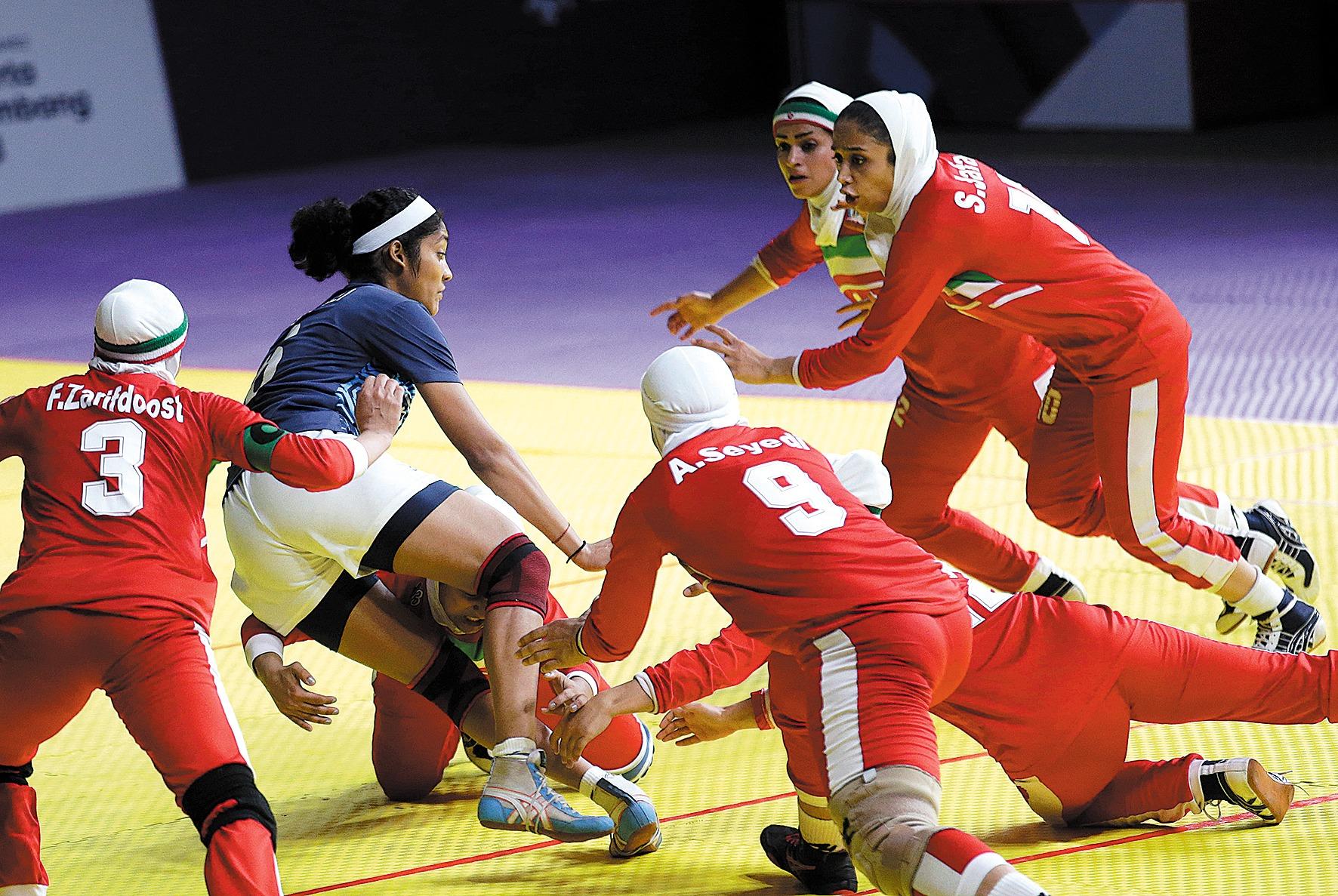 (PHOTO / AP)
(PHOTO / AP)
Jiang Xianzheng, a spokesperson for Hangzhou Qi-Yuan (Zhili) Chess Hall, described the inclusion of the four mind sports at the same time in this Asian Games as “historic”.
“They are the ‘gymnastics of wisdom’ and ‘games of the wise’,” Jiang said. “Many countries and regions in Asia have sent their strongest competitors. It’s no exaggeration to say the brightest minds in Asia have gathered here, which is too exciting to miss.”
Due to the depth of concentration required for mind sports, no live spectators are allowed at the chess hall. But there is no lack of attention for the online live broadcast, hosted by veterans such as Chinese Go master Nie Weiping, or interactive discussions on social media platforms such as Sina Weibo.
“Go and Chinese chess are mainly popular in East Asia. Yet through the platform of the Asian Games, their popularity is set to expand,” said Zhu Guoping, director of the Chess and Card Sports Management Center of the State General Administration of Sport of China.
 (PHOTO / AP)
(PHOTO / AP)
Mind sports, along with esports, is one of the nine non-Olympic sports categories included in the Hangzhou Asian Games program.
It has been a tradition of the Asian Games to include Asia-specific competitions that either have a long history and tradition reflecting the diverse cultures of the continent or are emerging sports with growing popularity among young people.
Besides mind sports and esports, martial arts — including ju-jitsu, kurash, and karate — squash, cricket, sepak takraw, kabaddi, dragon boat racing, baseball, and softball are other non-Olympic sports included in the Hangzhou Asiad.
“The selection of non-Olympic events at the Asian Games fully takes into account the popularity of different events in various parts of Asia,” said Zhu Qinan, director of the Competition Department of the Hangzhou Asian Games Organizing Committee. “These non-Olympic events have enriched the competition content of the Asian Games and display the beauty and diversity of Asian sports.”
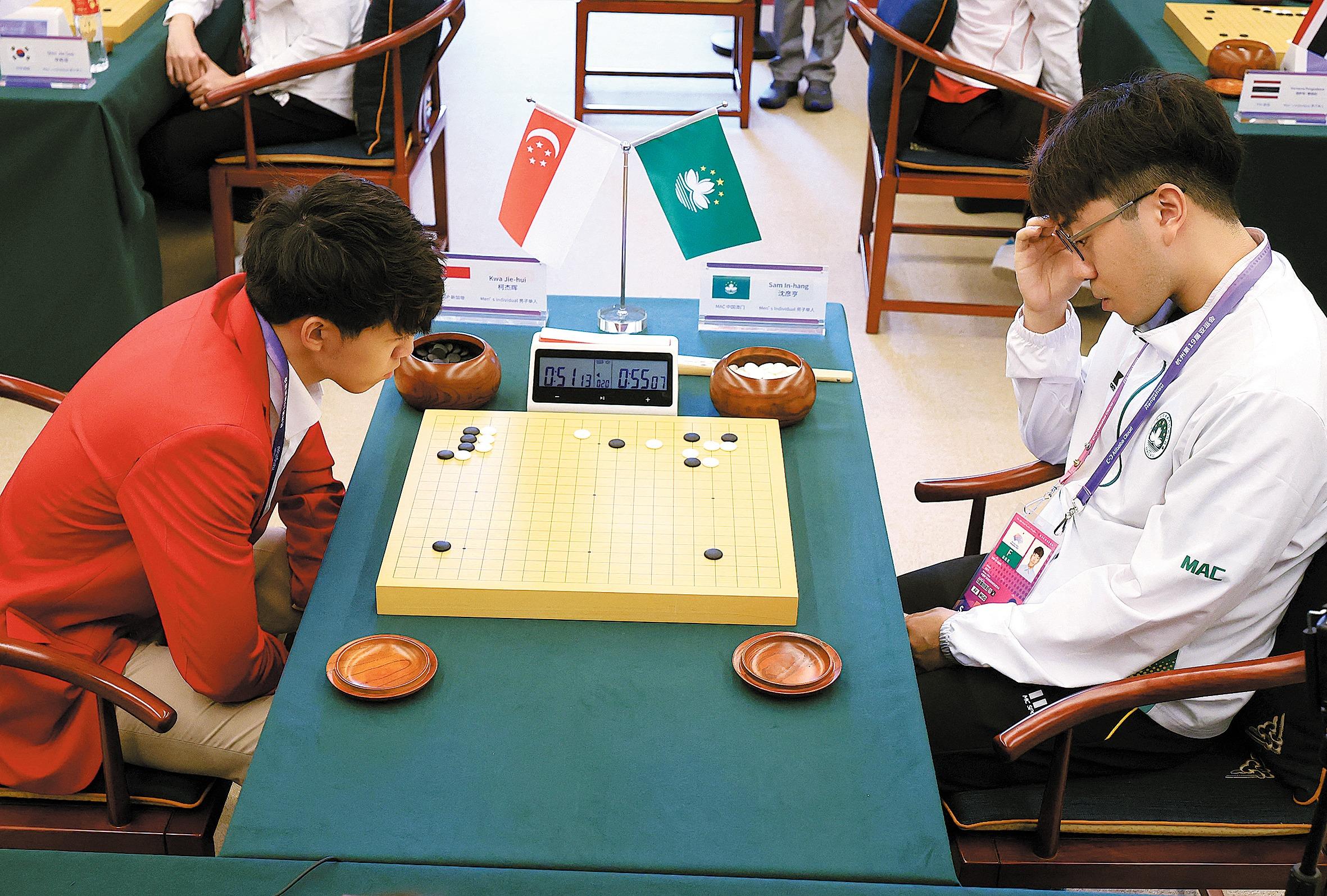 (PHOTO / REUTERS)
(PHOTO / REUTERS)
Thanks to its global influence, the Asiad has been a wonderful platform to promote Asia-specific sports, which are fundamentally entertaining.
Take kabaddi, a sport with a history of more than 4,000 years that is popular in West and South Asia.
Since it became an official event of the Asian Games in 1990, kabaddi has attracted a larger audience every time it has appeared at the Asian Games.
Kabaddi is contested by two teams of 12 players, including seven starting players and five backups. It is a game of guile and strength, and the players from both sides compete without the use of any equipment. It is the only sport in the Asian Games that involves one athlete facing multiple opponents alone.
A total of 187 athletes across 16 teams from 10 countries and regions, including Iran, India, Japan, and the Republic of Korea, competed at the Xiaoshan Guali Sports Centre for two gold medals, from Oct 2-7.
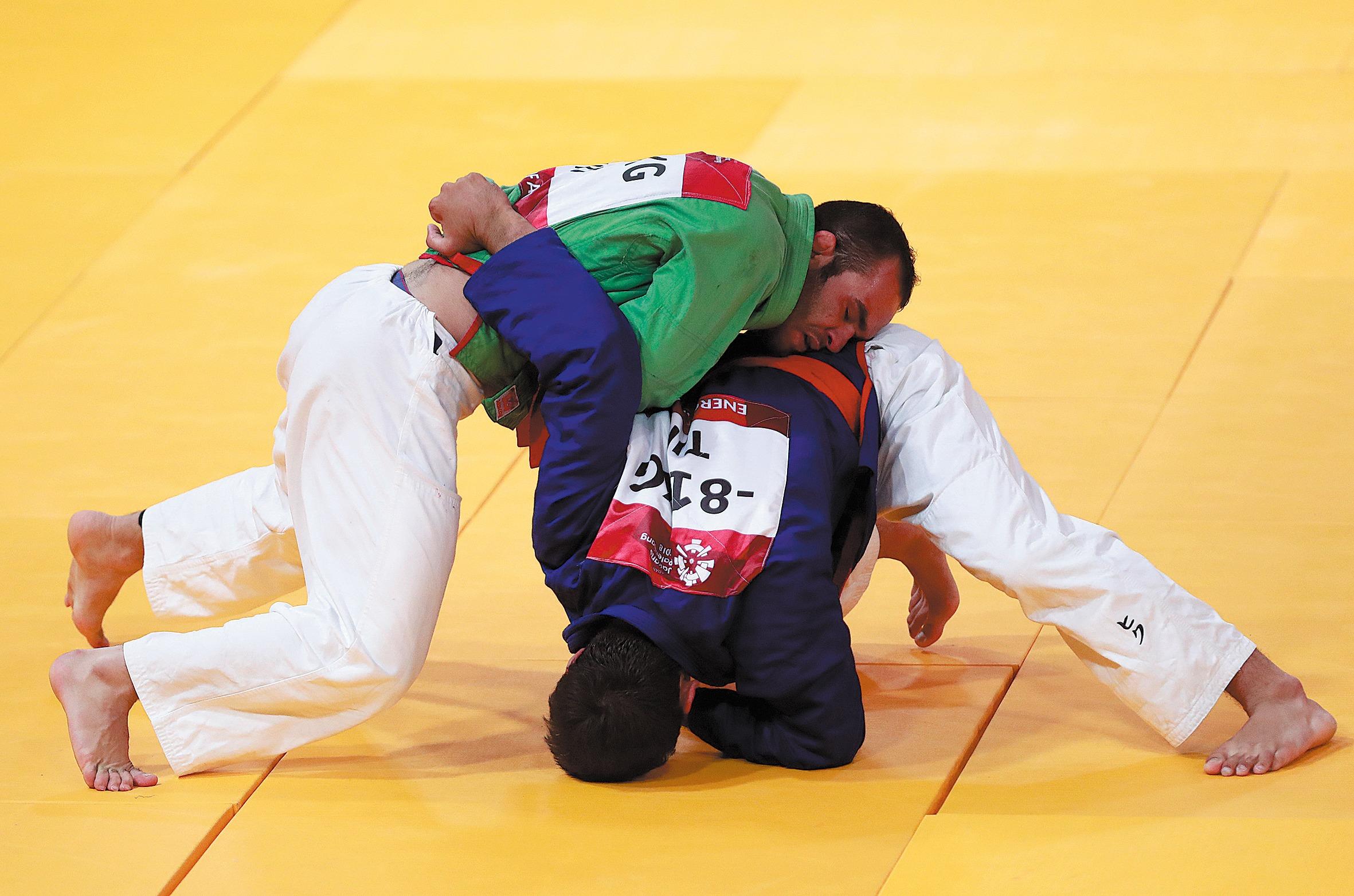 (PHOTO / AP)
(PHOTO / AP)
Most of the tickets for the sport sold out quickly. In fact, kabaddi is now very popular among residents in Guali, one of the cities of the Hangzhou Games.
In promoting the sport, Guali hosted China’s first National Kabaddi Championship in June and carried out more than 100 kabaddi activities in local schools and villages, according to Zhang Ting, director-in-charge of Press Operations of Xiaoshan Guali Sports Centre.
“More than 300,000 residents from Guali are now very familiar with kabaddi. They participate in, and love, the sport,” Zhang said. “The Asian Kabaddi Federation even awarded our town the title of ‘The Home of Kabaddi in China’.”
 (PHOTO / REUTERS)
(PHOTO / REUTERS)
Many have come to appreciate the tradition and culture embodied in Asia-specific sports.
Another example is sepak takraw, also known as “kick volleyball”.
In the event, held at the Jinhua Sports Centre Gymnasium, after each round, no matter whether they score or make a mistake, players from both sides form a circle on either side of the court, hold the hands of their teammates, and cheer together.
“This is my first time watching a sepak takraw match. When I saw this, I could feel the foundation of teamwork,” said one spectator.
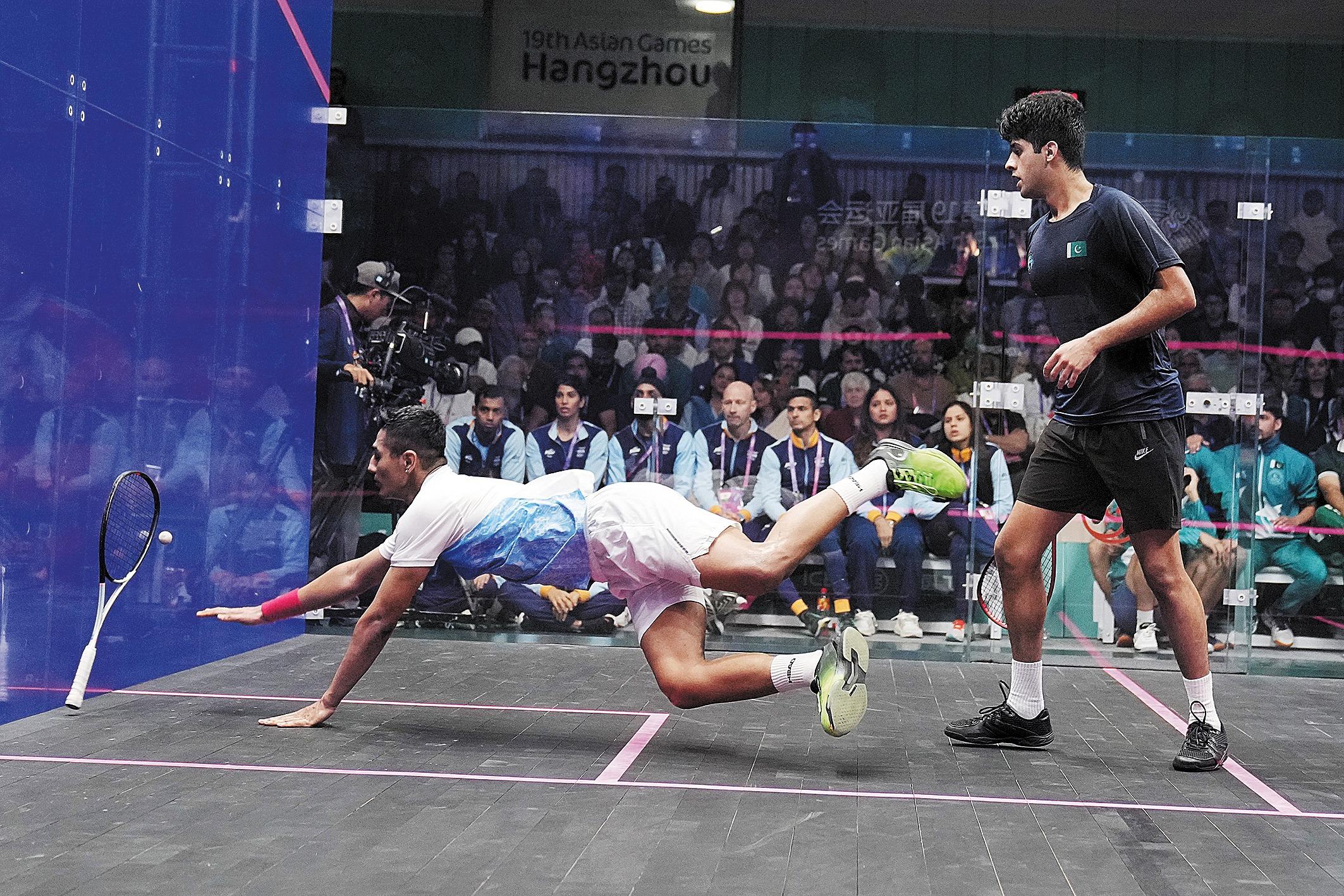 (GAO ERQIANG / CHINA DAILY)
(GAO ERQIANG / CHINA DAILY)
Alongside these traditional sports and competitions, emerging disciplines that are popular among young people on the continent, such as squash and esports, have also made their Asiad debut in Hangzhou.
According to Liu Mingyi, a professor at Wuhan Institute of Physical Education, the Asian Games has always maintained an open and inclusive attitude, constantly absorbing new, popular sports with the characteristics of the times.
“This kind of flexibility helps the Asian Games remain attractive and closer to the viewing public,” Liu said.


